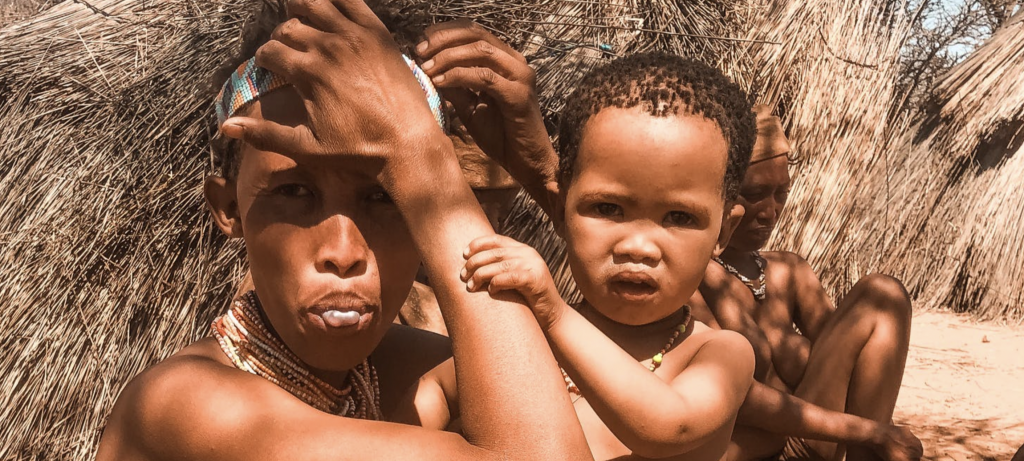The Purpose of Education (Part 2 of 3)
Over the last few decades we have seen the emergence of particular educational policies in Australia and the world based upon particular notions of the purpose of education. One of the main purposes is the concept of offering greater equity (Australian Education Act, 2013; Melbourne declaration, 2008). Even though some discrepancies exist between the state and private schooling systems, all seem to converge towards offering equitable opportunities so that each individual can learn the necessary skills and knowledge to live in the world (Hutmacher, Cochrane & Bottani, 2001).

The implementation of this intention is conducted through policies and curriculum. However, policy makers are driven by various forces and the political climate of the time, which in turn, colours the purpose. For example, Australian policies of the last decades that tried to fulfil the above mentioned purpose, have done so based on reports such as McKinsey (2007), Masters (2009), or Gonsky (2018) reports, which in turn are based on international research and data. The main data analysed comes from the Organisation for Economic Cooperation and Development [OECD]’s Program of International Student Assessment [PISA]. Multiple papers have shown that the agenda of the OECD and the selected tested skills of PISA are in conflict with the United Nations Educational, Scientific and Cultural Organisation [UNESCO] (Elfert, 2015; Rubenson, 2006). While the former is mostly interested in seeing the well being of an individual and equity through an economic perspective, the latter envisions a much broader view of equity based on Paolo Freire’s critical pedagogy and on the article 26 of the Human Rights (United Nations, 1948). From this example alone, it is evident that educational purposes lead by political bodies are swayed by many factors other than education alone which can easily lead education reforms further away from the equity desired (Stringer, 2015).

The other ambiguous aspect to achieve equity through government led reforms concerns the curriculum. One of its main purposes is to give equitable opportunities to the students to reach the highest and most adequate qualification they can obtain to live a good life. Interestingly, research has shown that the existing curriculum has not only been designed to promote equity but also to meet the demand of international testing and the global workforce. Priestley and Biesta (2013) argue that the actual curriculum tends to focus on the place people need to fill in society rather than what they need to know as human beings. It reinforces the argument that educational decisions that are politically driven are often undermined by economical agenda and competitiveness on the global market (Lingard & McGregor, 2014; Brennan, 2011). This undermining biased aspect of the curriculum is often unspoken and unseen and is what can be called the hidden curriculum (Gobby & Walker, 2017). What is enacted from the hidden curriculum can often lead to serious inequities without being consciously understood. An example would be the way the curriculum is trying to bridge the gap with Indigenous people. Instead of acknowledging perfect equity through to a deep understanding of their wisdom and culture, the insertion of Aboriginal and Torres Strait Islanders content in the Australian Curriculum is often tokenistic and shallow (Lowe & Yunkaporta, 2013).

Even though there are some very substantial reasons why so much credence has been given to the established education system, the purpose of education cannot reside in such controversial and incongruent ground. The only stakeholder left to explore are the teachers. Being in between the educated and the system, they might be able to offer greater insight on the purpose of education.

Reference list:
Australian Education Act. (2013). Australian Education Act 2013. Retrieved from: https://www.legislation.gov.au/Details/C2018C00012
Brennan, M. (2011). National curriculum: A political-educational tangle. Australian Journal of Education, 55(3), 259-280.
Elfert, M. (2015). UNESCO, the Faure Report, the Delors Report, and the Political Utopia of Lifelong Learning. European Journal of education research, development and policy. https://doi-org.ezproxy.usc.edu.au/10.1111/ejed.12104
Gobby, B., & Walker, B. (2017). Powers of curriculum : sociological perspectives on education . South Melbourne, Victoria: Oxford University Press.
Gonsky, D., et al. (2018). Through Growth to Achievement Report of the Review to Achieve Educational Excellence in Australian Schools March 2018. Canberra: Department of Education, Employment and Workplace Relations.
Hutmacher, W., Cochrane, D., & Bottani, N. (2001). In pursuit of equity in education. Using international indicators to compare.
Lingard, B., & McGregor, G. (2014). Two contrasting Australian curriculum responses to globalisation: What students should learn or become. Curriculum Journal, 25(1), 90-110.
Lowe, K., & Yunkaporta, T. (2013). The inclusion of Aboriginal and Torres Strait Islander content in the Australian National Curriculum: A cultural, cognitive and socio-political evaluation. Curriculum Perspectives, 33(1) 1-14.
Masters, G. N. (2009). A Shared Challenge: Improving Literacy, Numeracy and Science Learning in Queensland Primary Schools. Camberwell: Australian Council for Educational Research.
McKinsey report. (2007). How the best performing school systems come out on top. Retrieved from: https://www.mckinsey.com/industries/social-sector/our-insights/how-the-worlds-best-performing-school-systems-come-out-on-top
Melbourne Declaration. (2008). Melbourne declaration on educational goals for young Australians. Melbourne: Ministerial Council on Education, Employment, Training and Youth Affairs.
Priestley, M., & Biesta, G. (2013). Reinventing the curriculum: New trends in curriculum policy and practice. A&C Black.
Rubenson, K. (2006). The Nordic model of Lifelong Learning. Compare: A Journal of Comparative and International Education, 36(3), 327-341, DOI: 10.1080/03057920600872472
Stringer, E. (2015). Achieving equity in education. The SAGE handbook of action research, 362-373.
United Nations. (1948). Universal Declaration of Human Rights. Retrieved from https://www.un.org/en/universal-declaration-human-rights/
